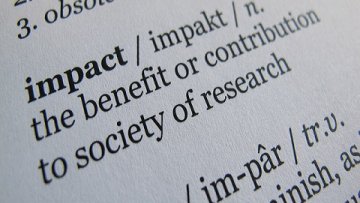15:00
Hash Proof Systems over Lattices Revisited
Abstract
Hash Proof Systems or Smooth Projective Hash Functions (SPHFs) are a
form of implicit arguments introduced by Cramer and Shoup at
Eurocrypt’02. They have found many applications since then, in
particular for authenticated key exchange or honest-verifier
zero-knowledge proofs. While they are relatively well understood in
group settings, they seem painful to construct directly in the lattice
setting.
Only one construction of an SPHF over lattices has been proposed, by
Katz and Vaikuntanathan at Asiacrypt’09. But this construction has an
important drawback: it only works for an ad-hoc language of ciphertexts.
Concretely, the corresponding decryption procedure needs to be tweaked,
now requiring q many trapdoor inversion attempts, where q is the modulus
of the underlying Learning With Error (LWE) problem.
Using harmonic analysis, we explain the source of this limitation, and
propose a way around it. We show how to construct SPHFs for standard
languages of LWE ciphertexts, and explicit our construction over a
tag-CCA2 encryption scheme à la Micciancio-Peikert (Eurocrypt’12).
If there is enough time, we will conclude with applications of these
SPHFs to password-authenticated key exchange, honest-verifier
zero-knowledge and a variant of witness encryption.


